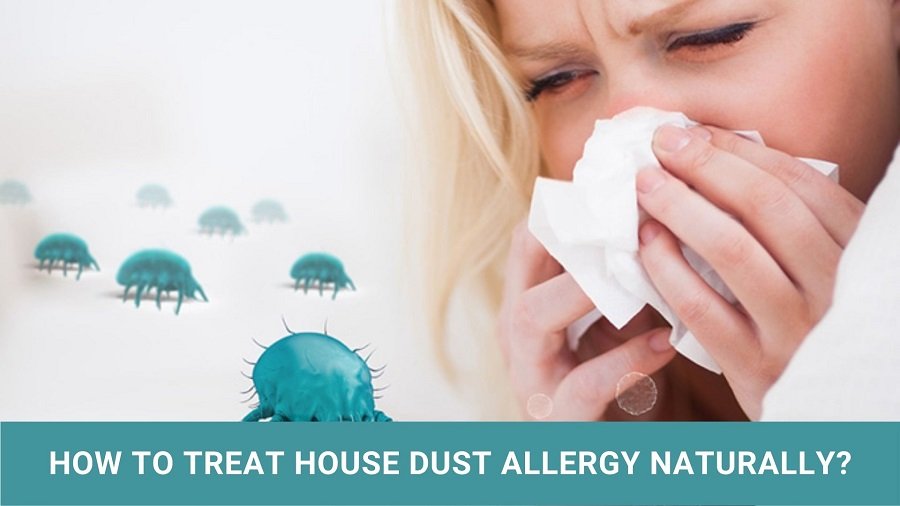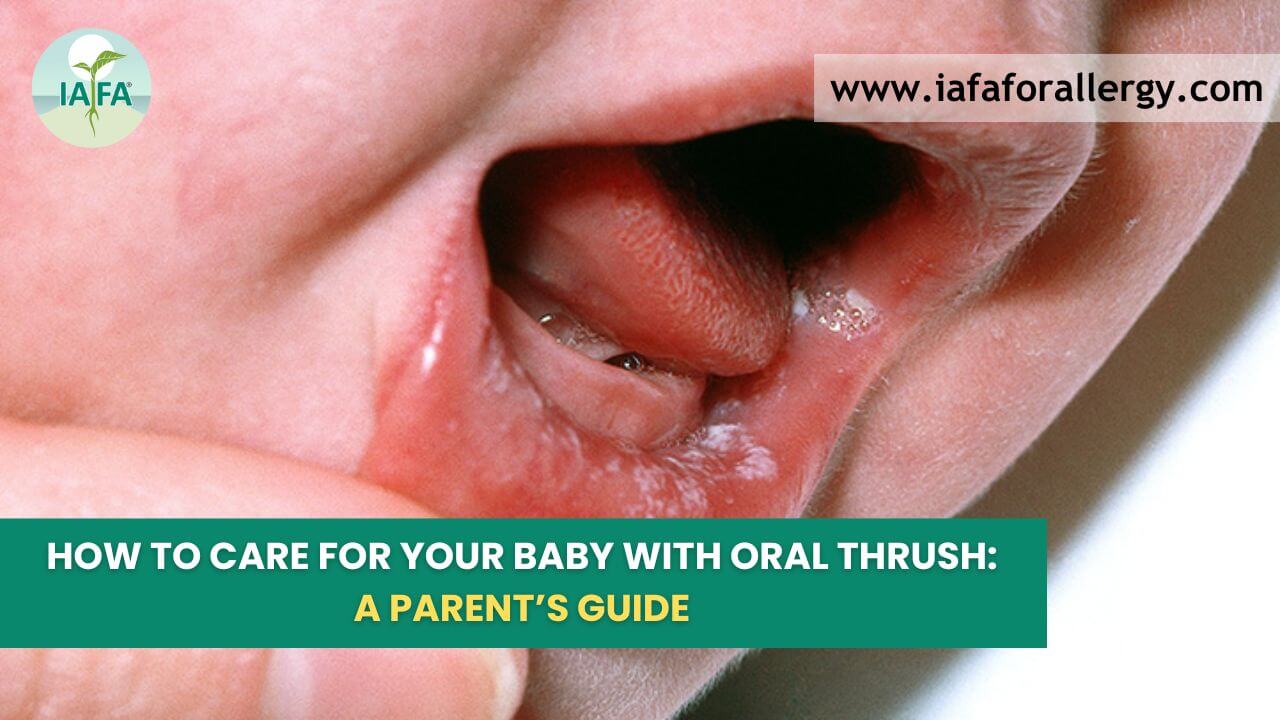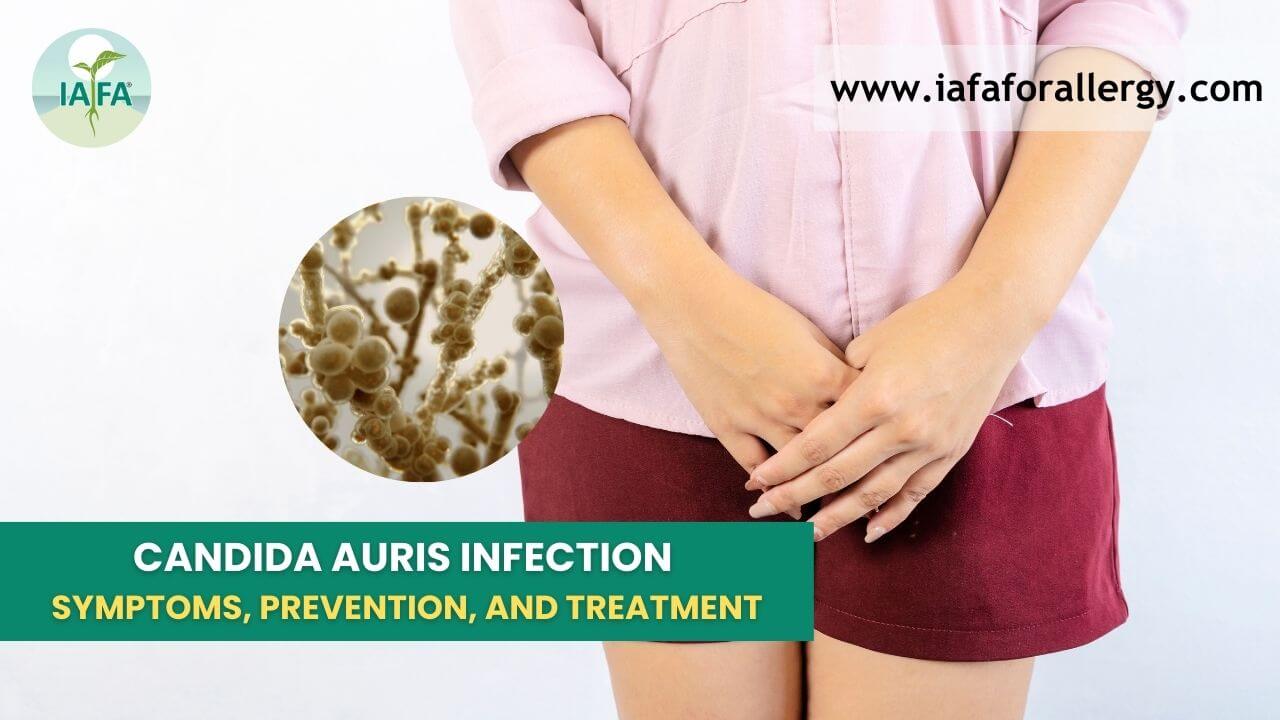House Dust Allergy, commonly known as Dust mite allergy, is caused by an allergic reaction to the tiny bugs or mites present in the house dust.
Mites are extremely tiny living organisms that belong to the family of spiders and ticks, feed on the skin cells shed by the people, living or dead, and thrive in warm, humid, and moist environments.
In homes, bedding, upholstered furniture, and carpets are the most ideal surroundings for dust mites to thrive and grow.
Sneezing, running nose, nasal congestion, etc. are amongst the few most common signs and symptoms of a dust mite allergy. In some cases, people might also experience symptoms related to asthma when suffering from a dust mite allergy, which includes, wheezing and difficulty in breathing.
Types of House Dust Allergy
In recent years, it’s been discovered that there are two specific kinds of mites that are chiefly responsible for causing dust mite allergies in humans. These include Dermatophagoides Farinae and Dermatophagoides Pteronyssinus.
These mites are microscopic in nature and thrive in hot, warm, and humid environments. They are comparatively heavier than pollens but can easily enter the respiratory tract. Both living and dead mites are capable of causing allergic reactions.
Having understood the basics about What is House Dust Allergy, now let us proceed to understand the causes behind the condition, its symptoms, and the Treatment of House Dust Allergy using Ayurveda and Natural Remedies.
Causes of House Dust Allergy
Allergies result as a reaction to certain foreign substances that the body mistakes as a stimulus and begins to produce proteins which are antibodies. These substances are known as allergens and persistent long exposure to these allergens can cause chronic inflammation due to the inflammatory response produced by the immune system.
Dust mites are also allergens that produce inflammatory reactions in the nasal passages and lungs. As mentioned above, the mites survive by feeding on organic matter such as skin cells that are shed, and instead of drinking water, they absorb moisture from the humidity present in the atmosphere.
Besides the dust mites, house dust also carries the feces and the decaying bodies of dust mites, and the protein present in the decaying matter of the mites. These are the chief constituents of house dust that are responsible for producing symptoms related to house dust allergy.
Symptoms of House Dust Allergy
The common set of signs and symptoms of House Dust Allergy include:
- Cough
- Runny nose
- Postnasal drip
- Sneezing
- Itchy and watery eyes
- Pain in the facial muscles
- Nasal congestion
- Swelling around the eyes
- Itching in and around the nose, mouth, and throat
When dust allergy causes asthma, the following symptoms may be experienced:
- Difficulty in breathing.
- Whistling and wheezing sound while breathing.
- Troubled sleep due to persistent coughing and wheezing
- Chest pain and congestion.
Treatment of House Dust Allergy
Chronic inflammation of the respiratory tract can cause symptoms of dust allergy that reappear in nature. These symptoms can cause further complications like asthma and other breathing disorders. It is of extreme importance to follow certain precautions and treat these symptoms to avoid further complications in the long run.
Treatment of House Dust Allergy by practicing various Ayurvedic techniques which includes breathing exercises, yoga asanas, home remedies, and certain dos and don’ts can make a significant difference.
Let us take a look at a few of these procedures and remedies to treat House Dust allergies.
Home Remedies for House Dust Allergy
1. Honey
Regular intake of local honey helps one to become adaptive to dust and pollens because of the small traces of pollens naturally present in them. Therefore, two teaspoons of honey can help in fighting against the over sensitivity to dust.
2. Turmeric
Certain constituents in Turmeric (Curcuma longa) act as a natural decongestant and reduce the release of histamines which are responsible for causing allergies. A regular intake of golden milk, prepared by combining milk and turmeric can help in boosting immunity and fighting against allergies.
3. Peppermint Tea
Peppermint contains anti-inflammatory and decongestant properties that help in reducing congestion, cough, sneezing, and runny nose. Drinking peppermint tea can provide a great deal of relief from House Dust Allergy and its symptoms.
4. Cow’s Ghee
Adding two drops of pure cow’s ghee to your nostrils can work like magic in providing relief from house dust allergy and its contraction. When the ghee is added to the nostrils every morning, it helps in forming a protective layer against the mites and allergens present in the air.
Prevention of House Dust Allergy
Cutting down the exposure to dust mites and house dust is one sure shot solution to gain relief from house dust allergies. This can be achieved by following certain precautions which are mentioned below:
- Decluttering is an essential step in avoiding the accumulation of dust.
- Frequent dusting of spaces where dust settles and collects.
- Cleaning and washing of curtains, carpets, and upholstered furniture must be done on a regular basis.
- Prefer buying washable stuff toys and keeping them away from bedding.
- Regularly changing items of linen and bedding and washing them regularly.
- Regular dusting using a damp or oiled mop or towel.
Conclusion
House Dust Allergy is extremely common and affects almost six out of ten people. Taking necessary precautions to avoid and practicing home remedies to eliminate symptoms of house dust allergy can help to a great extent.
In case more assistance is required, you can book an appointment to consult our health experts online, where we aim to provide effective Ayurvedic solutions for the treatment of House Dust Allergy by prescribing herbal medications and procedures that are subjective to your condition.








